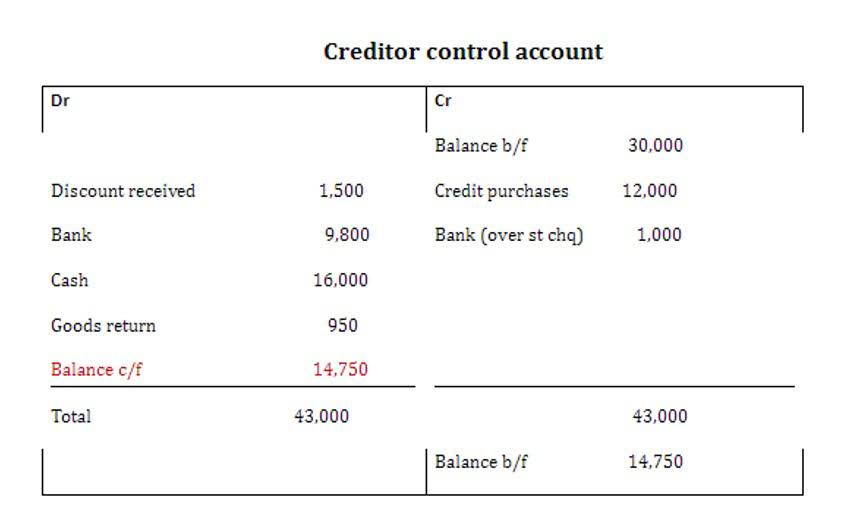What You Need To Know About Consolidated Financial Statements

Understanding consolidated financial statements is vital for finance teams to accurately assess the financial health and performance of a group of companies. Consolidated financial statements provide a holistic view of a company’s financial position by combining the financial data of its subsidiaries, thereby enabling better decision-making and transparency. This article outlines the key components included in consolidated financial statements, offering a comprehensive guide tailored for finance teams. These statements are comprehensively combined by the parent company to final consolidated reports of the balance sheet, income statement, and cash flow statement. Because the parent company and its subsidiaries form one economic entity, investors, regulators, and customers find consolidated financial statements helpful in gauging the overall position of the entire entity.
Consolidated Financial Statements: Step-by-Step for Modern Finance Teams
This provides additional assurance to stakeholders that the consolidated financial statements are accurate, reliable, and in full compliance with regulatory requirements. When collating the financial statement of a company, a parent company and its subsidiaries will report their finances distinctly, before the financial reports are aggregated to form a consolidated financial statement. Investors, market regulators, and financial analysts consider a consolidated financial statement to be a gauge of the overall financial state of a company. Also known as the consolidated statement of comprehensive income, the consolidated income statement combines the revenues, expenses, gains, and losses of the parent company and its Accounting Errors subsidiaries. This statement provides insights into the group’s overall profitability — including revenue, expenses, gains, and losses of the consolidated entity.
Company
From 6 April 2025, these thresholds increase for small companies and groups (for example, the turnover limit rises to £15 million and the balance sheet total to £7.5 million). The exact limits and eligibility rules change over time, so finance teams should always check current Companies House or professional guidance before relying on specific figures. The Variable Interest Entity (VIE) model addresses arrangements where control is not established through voting rights, often involving special-purpose entities or structured financing vehicles. This model applies when the entity lacks sufficient equity investment to finance its activities without additional subordinated financial support. It also applies when equity holders lack the power to direct activities, the obligation to absorb expected losses, or the right to receive expected residual returns.

Importance of consolidated financial statements for finance teams
Each subsidiary follows local accounting standards, while the parent company (the Parent) reports under U.S. The goal of both models is to ensure that a parent entity cannot structure its ownership or financing arrangements to avoid presenting the controlled entity on its consolidated reports. This prevents the parent from omitting significant liabilities or opaque operations from its primary financial statements. If a parent company has 50% or more ownership in another company, that other company is considered a subsidiary and should be included in the consolidated financial statement. This also applies if the parent company has less than 50% ownership but still has a controlling interest in that company. A consolidated financial statement reports on the entirety of a company with detailed information about each subsidiary.
Parent Corporation Controls Another Entity (Consolidate)
The equity method, on the other hand, is used when a parent company has significant influence but not control over a consolidated financial statements subsidiary. Under the equity method, the parent company recognizes its share of the subsidiary’s profits or losses. This post will walk through the financial consolidation process using Excel and modern financial consolidation software. It defines control, explains when you need to consolidate, and lays out how to keep your accounting policies consistent across all entities. IFRS 12 adds a list of what you need to disclose about the group’s structure and financial results. They give finance teams a clear picture of cash flow, profitability, and performance across the group.

Consolidated financial statements create a comprehensive view of your entire business—from the parent company to every subsidiary and other entities. Potential benefits of consolidated financial statements include tax advantages and clearer insights for investors. If eliminating inter-company transactions and balances is necessary to avoid double counting (for example, inter-company sales, loans, or receivables), consolidation is the required process.

Instead of wasting time on manual processes https://www.bookstime.com/ such as catching errors on endless excel templates, use a software that makes use of your existing infrastructure, and make your reporting processes work for you. It handles eliminations, currency conversion, and non-controlling interests automatically. So instead of just ticking a box for compliance, you use consolidation to run the business better. Goodwill shows up when a company buys another for more than the value of its net assets. That extra value often reflects brand strength, customer loyalty, or market position — things you can’t list on a balance sheet.
- Consolidation applies across the primary financial statements, including the balance sheet, the income statement, and the statement of cash flows.
- The reason why SoftLedger is ideal for multi-entity consolidation is that it offers real-time data and performs all calculations automatically.
- Also known as the consolidated statement of comprehensive income, the consolidated income statement combines the revenues, expenses, gains, and losses of the parent company and its subsidiaries.
- Consolidated financial statements are the combined reporting of a parent company and its subsidiaries.
- If one company has controlling interest in others, it requires to include all information in their financial statement.
- When it comes to businesses with subsidiaries, there are two main ways to create unified business statements- they can combine them, or consolidate them.

The reason why SoftLedger is ideal for multi-entity consolidation is that it offers real-time data and performs all calculations automatically. As you can see, you’ll create a similar sheet for all of the other statements (liabilities, assets, etc.). Consolidated statements of operations is a common header that appears on the income statement. Other variations of this title include consolidated statements of income or consolidated reports of operations. One of the most significant financial challenges companies face, particularly those managing multiple entities, is getting a comprehensive view of their financial health. When a company owns several subsidiaries, it becomes difficult to assess overall performance using standalone reports from each entity.